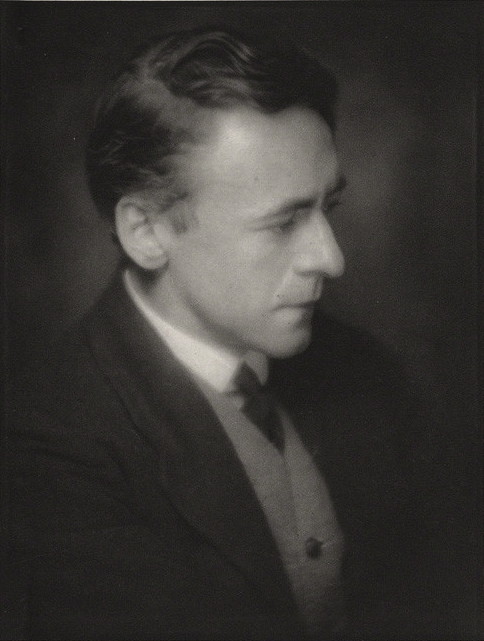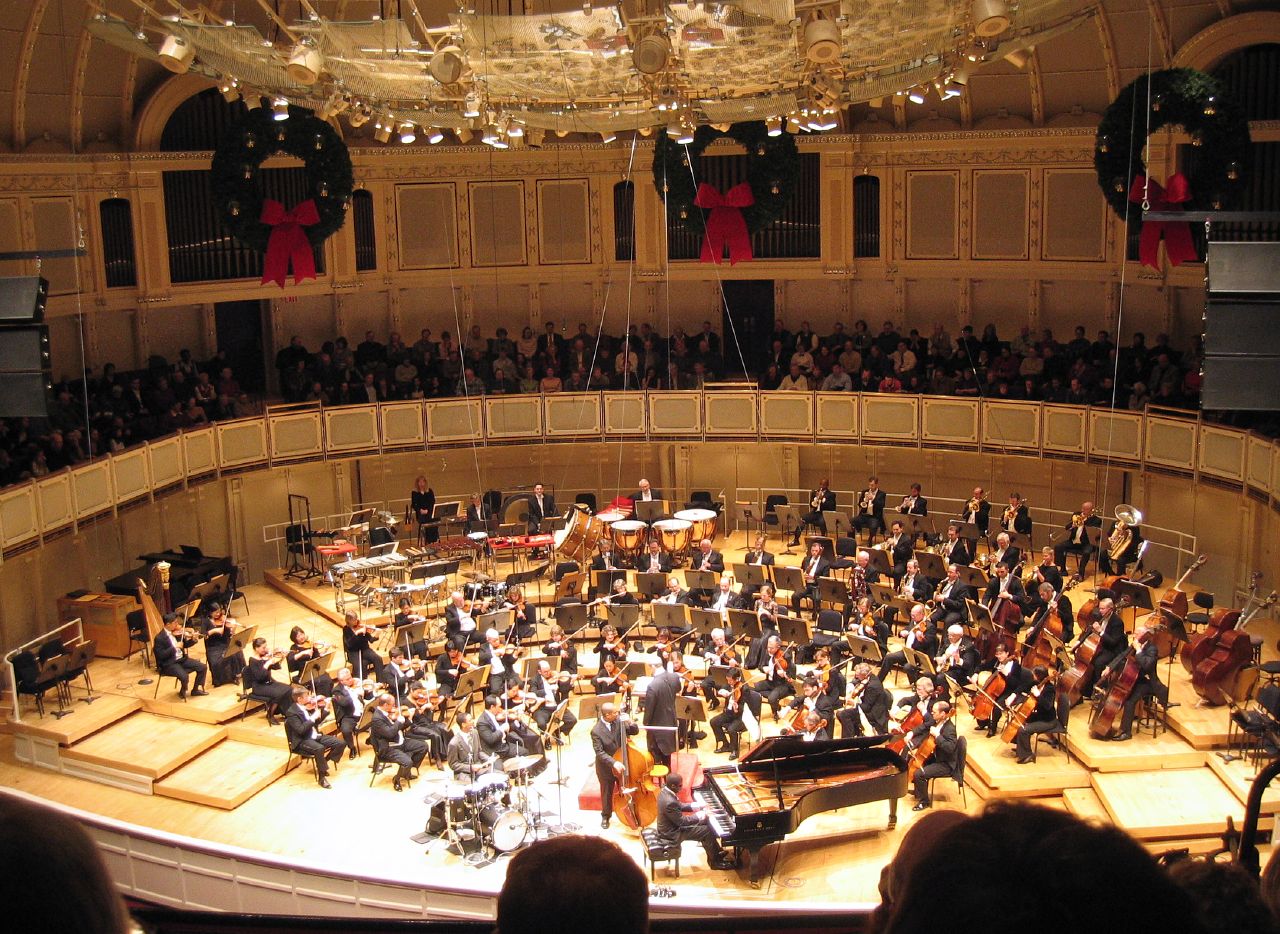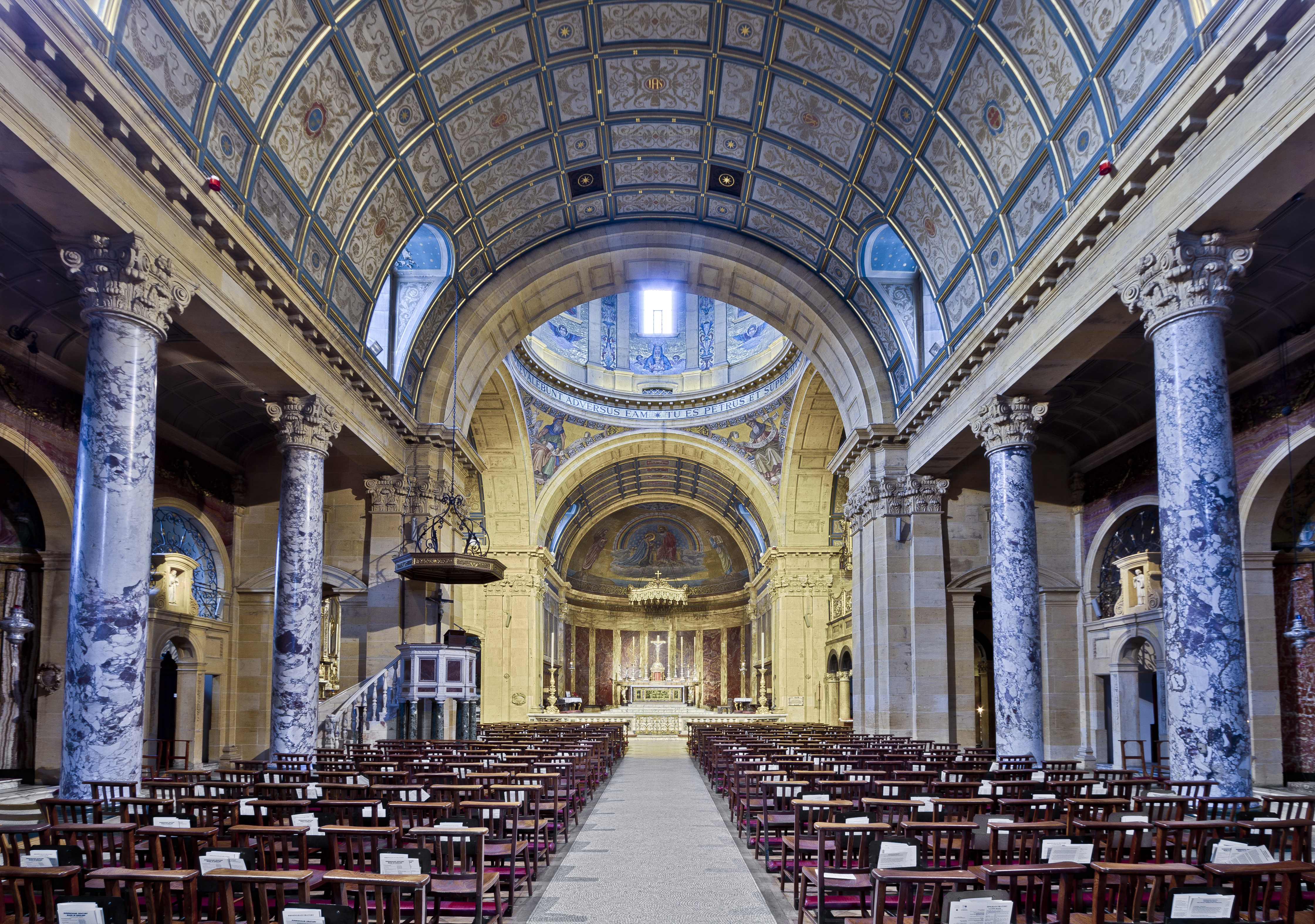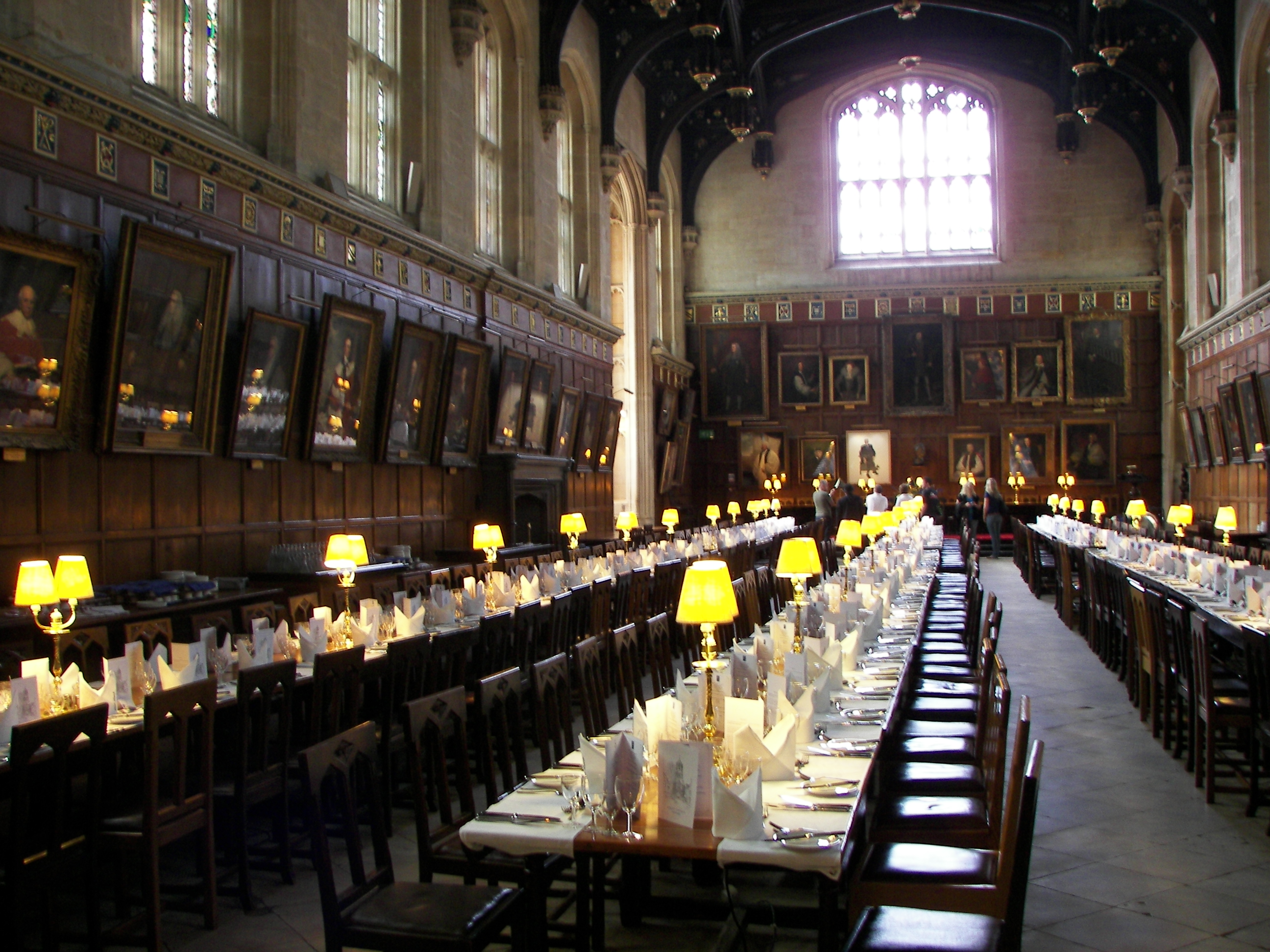|
The Garden Of Fand
''The Garden of Fand'' (1916) is a tone poem by the English composer Arnold Bax. It was inspired by an Irish mythical figure, Fand, the daughter of the lord of the ocean. The work does not portray the events of the mythical tale, but evokes Fand's island. The composer had been greatly influenced by Celtic culture in his earlier works, but described this one as his last in that vein. Background The work was complete in piano score shortly before the First World War, and orchestrated in 1916. It was premiered by the Chicago Symphony Orchestra conducted by Frederick Stock on 29 October 1920,Foreman, Lewis (2006). Notes to Chandos CD 10362OCLC 887670232/ref> and first performed in Britain on 11 December 1920 by the British Symphony Orchestra, conducted by Adrian Boult. Bax was a great admirer of Celtic culture, including Irish myths, in which the garden of Fand is the sea. The old saga ''The Sick-bed of Cuchulain'' tells of a hero, Cuchulain, who is seduced away from home and duty b ... [...More Info...] [...Related Items...] OR: [Wikipedia] [Google] [Baidu] |
Tone Poem
A symphonic poem or tone poem is a piece of orchestral music, usually in a single continuous movement, which illustrates or evokes the content of a poem, short story, novel, painting, landscape, or other (non-musical) source. The German term ''Tondichtung (tone poem)'' appears to have been first used by the composer Carl Loewe in 1828. The Hungarian composer Franz Liszt first applied the term ''Symphonische Dichtung'' to his 13 works in this vein. While many symphonic poems may compare in size and scale to symphonic movements (or even reach the length of an entire symphony), they are unlike traditional classical symphonic movements, in that their music is intended to inspire listeners to imagine or consider scenes, images, specific ideas or moods, and not (necessarily) to focus on following traditional patterns of musical form such as sonata form. This intention to inspire listeners was a direct consequence of Romanticism, which encouraged literary, pictorial and dramatic ... [...More Info...] [...Related Items...] OR: [Wikipedia] [Google] [Baidu] |
Arnold Bax
Sir Arnold Edward Trevor Bax, (8 November 1883 – 3 October 1953) was an English composer, poet, and author. His prolific output includes songs, choral music, chamber pieces, and solo piano works, but he is best known for his orchestral music. In addition to a series of symphonic poems, he wrote seven symphonies and was for a time widely regarded as the leading British symphonist. Bax was born in the London suburb of Streatham to a prosperous family. He was encouraged by his parents to pursue a career in music, and his private income enabled him to follow his own path as a composer without regard for fashion or orthodoxy. Consequently, he came to be regarded in musical circles as an important but isolated figure. While still a student at the Royal Academy of Music Bax became fascinated with Ireland and Celtic culture, which became a strong influence on his early development. In the years before the First World War he lived in Ireland and became a member of Dublin literary ci ... [...More Info...] [...Related Items...] OR: [Wikipedia] [Google] [Baidu] |
Chicago Symphony Orchestra
The Chicago Symphony Orchestra (CSO) was founded by Theodore Thomas in 1891. The ensemble makes its home at Orchestra Hall in Chicago and plays a summer season at the Ravinia Festival. The music director is Riccardo Muti, who began his tenure in 2010. The CSO is one of five American orchestras commonly referred to as the " Big Five". History In 1890, Charles Norman Fay, a Chicago businessman, invited Theodore Thomas to establish an orchestra in Chicago. Under the name "Chicago Orchestra," the orchestra played its first concert October 16, 1891 at the Auditorium Theater. It is one of the oldest orchestras in the United States, along with the New York Philharmonic, the Boston Symphony Orchestra and the Saint Louis Symphony Orchestra. Orchestra Hall, now a component of the Symphony Center complex, was designed by Chicago architect Daniel H. Burnham and completed in 1904. Maestro Thomas served as music director for thirteen years until his death shortly after the orchestr ... [...More Info...] [...Related Items...] OR: [Wikipedia] [Google] [Baidu] |
Frederick Stock
Frederick Stock (born Friedrich August Stock; November 11, 1872 – October 20, 1942) was a German conductor and composer, most famous for his 37-year tenure as music director of the Chicago Symphony Orchestra. Early life and education Born in Jülich, Rhine Province, Germany, Stock was given his early musical education by his army bandmaster father. At the age of 14, he was admitted to the Cologne Conservatory as a student of violin and composition, where he counted composer Engelbert Humperdinck as one of his teachers and conductor Willem Mengelberg among his classmates. After graduating from the conservatory in 1890, Stock joined the Municipal Orchestra of Cologne as a violinist. Career In 1895, Stock met with Theodore Thomas, founder and first music director of the then fledgling Chicago Symphony Orchestra, who was to have a decisive impact on his future. Thomas, who was then visiting Germany in search of recruits for his new Chicago orchestra, auditioned Stock and hir ... [...More Info...] [...Related Items...] OR: [Wikipedia] [Google] [Baidu] |
British Symphony Orchestra
The British Symphony Orchestra (BSO or BrSO) is the name of a number of symphony orchestras, active in both concert halls and recording studios, which have existed at various times in Britain since c1905 until the present day. There were gaps of several years when the orchestra's name disappeared from the public view (see § Historical overview). The various orchestras were only active for about fifteen years between 1905 and 1939. The conductors of the orchestra's first incarnation from 1905 included William Sewell, Julian Clifford senior and Hamilton Harty. After WW1 Raymond Roze reformed the orchestra as a properly-constituted, full-time body of musicians. Roze died unexpectedly in 1920 and was succeeded as chief conductor by Adrian Boult, who gave numerous public concerts over several years. Other musicians conducting the orchestras at the time included Samuel Coleridge-Taylor, Franco Leoni, Ralph Vaughan Williams, and Edward Elgar. Members of the orchestra during this pe ... [...More Info...] [...Related Items...] OR: [Wikipedia] [Google] [Baidu] |
Adrian Boult
Sir Adrian Cedric Boult, CH (; 8 April 1889 – 22 February 1983) was an English conductor. Brought up in a prosperous mercantile family, he followed musical studies in England and at Leipzig, Germany, with early conducting work in London for the Royal Opera House and Sergei Diaghilev's ballet company. His first prominent post was conductor of the City of Birmingham Orchestra in 1924. When the British Broadcasting Corporation appointed him director of music in 1930, he established the BBC Symphony Orchestra and became its chief conductor. The orchestra set standards of excellence that were rivalled in Britain only by the London Philharmonic Orchestra (LPO), founded two years later. Forced to leave the BBC in 1950 on reaching retirement age, Boult took on the chief conductorship of the LPO. The orchestra had declined from its peak of the 1930s, but under his guidance its fortunes were revived. He retired as its chief conductor in 1957, and later accepted the post of ... [...More Info...] [...Related Items...] OR: [Wikipedia] [Google] [Baidu] |
Harriet Cohen
Harriet(t) may refer to: * Harriet (name), a female name ''(includes list of people with the name)'' Places * Harriet, Queensland, rural locality in Australia * Harriet, Arkansas, unincorporated community in the United States * Harriett, Texas, unincorporated community in the United States Ships * ''Harriet'' (1798 ship), built at Pictou Shipyard, Nova Scotia, Canada * ''Harriet'' (1802 EIC ship), East India Company ship * ''Harriet'' (1810 ship), American ship * ''Harriet'' (1813 ship), American ship * ''Harriet'' (1829 ship), British Royal Navy ship * ''Harriet'' (1836 ship), British ship * ''Harriet'' (fishing smack), 1893 British trawler preserved in Fleetwood Museum Other * Harriet (band), an alternative Americana band from Los Angeles * ''Harriet'' (film), a 2019 biographical film about Harriet Tubman * ''Harriet the Spy'' (TV series), a 2021 animated TV series * List of storms named Harriet See also * * Harriot (other) * Harry (other) * Harri ... [...More Info...] [...Related Items...] OR: [Wikipedia] [Google] [Baidu] |
Thomas Beecham
Sir Thomas Beecham, 2nd Baronet, Order of the Companions of Honour, CH (29 April 18798 March 1961) was an English conductor and impresario best known for his association with the London Philharmonic Orchestra, London Philharmonic and the Royal Philharmonic Orchestra, Royal Philharmonic orchestras. He was also closely associated with the Royal Liverpool Philharmonic, Liverpool Philharmonic and The Hallé, Hallé orchestras. From the early 20th century until his death, Beecham was a major influence on the musical life of United Kingdom, Britain and, according to the BBC, was Britain's first international conductor. Born to a rich industrial family, Beecham began his career as a conductor in 1899. He used his access to the family fortune to finance opera from the 1910s until the start of the Second World War, staging seasons at Royal Opera House, Covent Garden, Theatre Royal, Drury Lane, Drury Lane and Her Majesty's Theatre, His Majesty's Theatre with international stars, his own ... [...More Info...] [...Related Items...] OR: [Wikipedia] [Google] [Baidu] |
John Barbirolli
Sir John Barbirolli ( Giovanni Battista Barbirolli; 2 December 189929 July 1970) was a British conductor and cellist. He is remembered above all as conductor of the Hallé Orchestra in Manchester, which he helped save from dissolution in 1943 and conducted for the rest of his life. Earlier in his career he was Arturo Toscanini's successor as music director of the New York Philharmonic, serving from 1936 to 1943. He was also chief conductor of the Houston Symphony from 1961 to 1967, and was a guest conductor of many other orchestras, including the BBC Symphony Orchestra, London Symphony Orchestra, the Philharmonia, the Berlin Philharmonic and the Vienna Philharmonic, with all of which he made recordings. Born in London of Italian and French parentage, Barbirolli grew up in a family of professional musicians. After starting out as a cellist, he was given the chance to conduct, from 1926 with the British National Opera Company, and then with Covent Garden's touring company. On ... [...More Info...] [...Related Items...] OR: [Wikipedia] [Google] [Baidu] |
78 Rpm
A phonograph record (also known as a gramophone record, especially in British English), or simply a record, is an analog sound storage medium in the form of a flat disc with an inscribed, modulated spiral groove. The groove usually starts near the periphery and ends near the center of the disc. At first, the discs were commonly made from shellac, with earlier records having a fine abrasive filler mixed in. Starting in the 1940s polyvinyl chloride became common, hence the name vinyl. The phonograph record was the primary medium used for music reproduction throughout the 20th century. It had co-existed with the phonograph cylinder from the late 1880s and had effectively superseded it by around 1912. Records retained the largest market share even when new formats such as the compact cassette were mass-marketed. By the 1980s, digital media, in the form of the compact disc, had gained a larger market share, and the record left the mainstream in 1991. Since the 1990s, records cont ... [...More Info...] [...Related Items...] OR: [Wikipedia] [Google] [Baidu] |
LP Record
The LP (from "long playing" or "long play") is an analog sound storage medium, a phonograph record format characterized by: a speed of rpm; a 12- or 10-inch (30- or 25-cm) diameter; use of the "microgroove" groove specification; and a vinyl (a copolymer of vinyl chloride acetate) composition disk. Introduced by Columbia in 1948, it was soon adopted as a new standard by the entire record industry. Apart from a few relatively minor refinements and the important later addition of stereophonic sound, it remained the standard format for record albums (during a period in popular music known as the album era) until its gradual replacement from the 1980s to the early 2000s, first by cassettes, then by compact discs, and finally by digital music distribution. Beginning in the late 2000s, the LP has experienced a resurgence in popularity. Format advantages At the time the LP was introduced, nearly all phonograph records for home use were made of an abrasive shellac com ... [...More Info...] [...Related Items...] OR: [Wikipedia] [Google] [Baidu] |
Frederick Ashton
Sir Frederick William Mallandaine Ashton (17 September 190418 August 1988) was a British ballet dancer and choreographer. He also worked as a director and choreographer in opera, film and revue. Determined to be a dancer despite the opposition of his conventional middle-class family, Ashton was accepted as a pupil by Léonide Massine and then by Marie Rambert. In 1926 Rambert encouraged him to try his hand at choreography, and though he continued to dance professionally, with success, it was as a choreographer that he became famous. Ashton was chief choreographer to Ninette de Valois, from 1935 until her retirement in 1963, in the company known successively as the Vic-Wells Ballet, the Sadler's Wells Ballet and the Royal Ballet. He succeeded de Valois as director of the company, serving until his own retirement in 1970. Ashton is widely credited with the creation of a specifically English genre of ballet. Among his best-known works are ''Façade'' (1931), '' Symphonic Var ... [...More Info...] [...Related Items...] OR: [Wikipedia] [Google] [Baidu] |







_-_1914_-_Ritratto_da_Leon_Bakst.jpg)